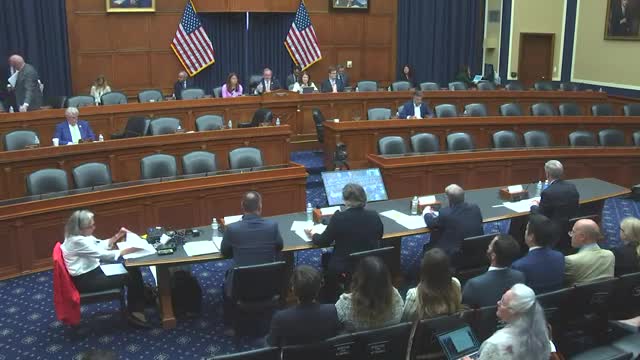Nuclear waste crisis demands urgent long term solutions
July 24, 2024 | Energy and Commerce: House Committee, Standing Committees - House & Senate, Congressional Hearings Compilation

This article was created by AI summarizing key points discussed. AI makes mistakes, so for full details and context, please refer to the video of the full meeting. Please report any errors so we can fix them. Report an error »

The United States is facing a critical challenge regarding the management of its nuclear waste, with nearly 90,000 metric tons already generated and projections suggesting this could rise to 140,000 metric tons by 2075. Despite the Nuclear Waste Policy Act mandating a permanent repository by 1998, no consolidated site for nuclear waste has been established, raising concerns about the long-term implications for future generations.
During a recent government meeting, officials discussed the urgent need for both interim storage facilities and deep geological repositories (DGRs) to safely manage spent nuclear fuel. The Department of Energy has recognized the necessity of interim solutions, while the international scientific community advocates for DGRs to ensure public health and safety over the long term.
Chairman Hansen emphasized that while current storage methods are deemed safe for the near term, the radioactivity of nuclear waste poses risks that can last for centuries. He pointed to Finland's progress in establishing a DGR, highlighting the importance of community consent and engagement in the process. This approach contrasts with the U.S. history of placing nuclear facilities in communities without their consent, which has fostered distrust.
The meeting underscored the need for a consent-based siting process, initiated by the Department of Energy, to identify willing communities for interim storage facilities. The Nuclear Regulatory Commission (NRC) will focus on safety and technical aspects of any proposed facilities, ensuring that public health remains a priority as the nation navigates its nuclear waste management strategy.
During a recent government meeting, officials discussed the urgent need for both interim storage facilities and deep geological repositories (DGRs) to safely manage spent nuclear fuel. The Department of Energy has recognized the necessity of interim solutions, while the international scientific community advocates for DGRs to ensure public health and safety over the long term.
Chairman Hansen emphasized that while current storage methods are deemed safe for the near term, the radioactivity of nuclear waste poses risks that can last for centuries. He pointed to Finland's progress in establishing a DGR, highlighting the importance of community consent and engagement in the process. This approach contrasts with the U.S. history of placing nuclear facilities in communities without their consent, which has fostered distrust.
The meeting underscored the need for a consent-based siting process, initiated by the Department of Energy, to identify willing communities for interim storage facilities. The Nuclear Regulatory Commission (NRC) will focus on safety and technical aspects of any proposed facilities, ensuring that public health remains a priority as the nation navigates its nuclear waste management strategy.
View full meeting
This article is based on a recent meeting—watch the full video and explore the complete transcript for deeper insights into the discussion.
View full meeting